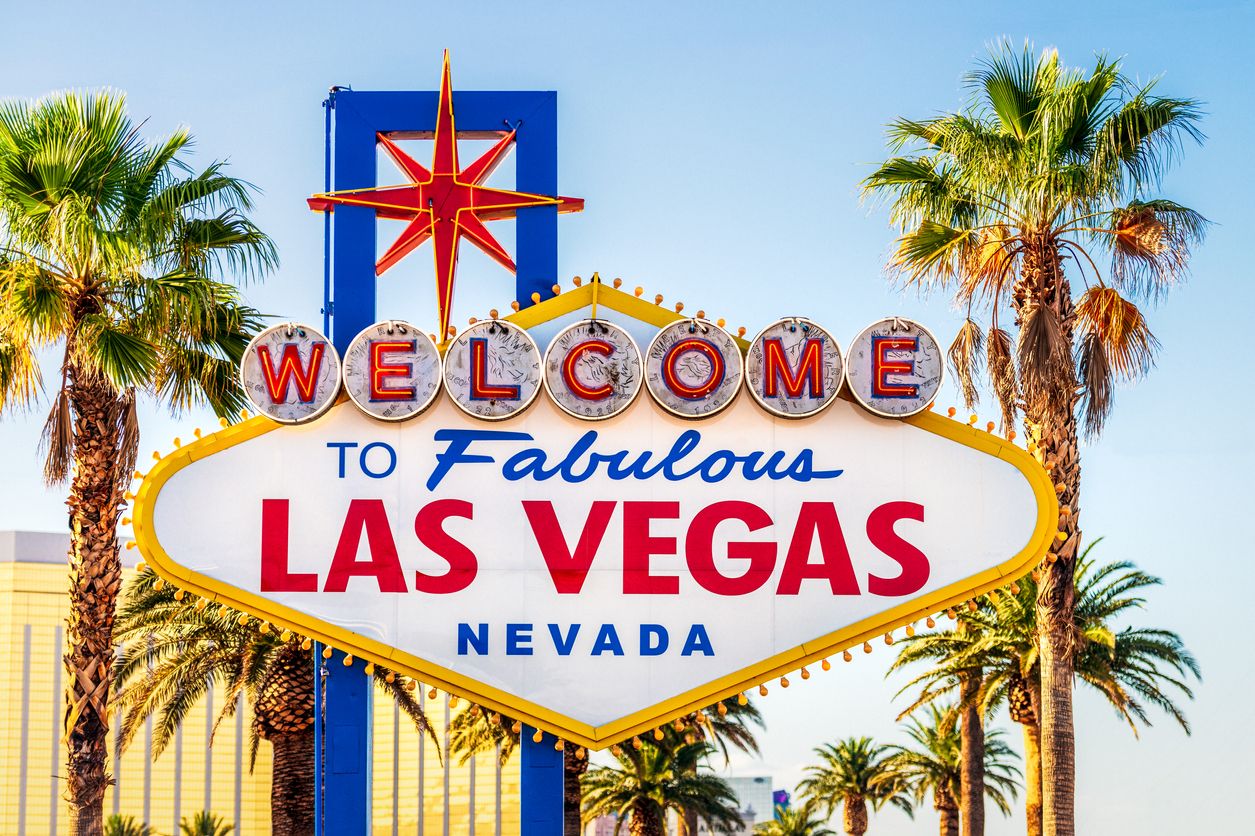Nevada offers a unique path for residents to legally grow cannabis at home—though regulations vary significantly depending on proximity to licensed dispensaries. Whether you’re a medical patient or a recreational user, knowing the rules ensures you stay on the right side of the law.
Who Can Grow & Where
Recreational Users (21+)
- Can cultivate at home only if they live more than 25 miles from the nearest state-licensed dispensary. Read More: Nevada Cannabis Compliance Board, Shouse Law Group
- Adults can grow a maximum of 6 plants per person, with up to 12 plants per household.
Medical Marijuana Cardholders (18+)
- Allowed to grow if:
- They live more than 25 miles away from a dispensary,
- The dispensary cannot serve them,
- They’re too ill or lack transportation.
- Can grow up to 12 plants (aggregate per household).
Plant & Household Limits
| User Type | Max Plants/Person | Max Plants/Household | Proximity Requirement |
|---|---|---|---|
| Recreational (21+) | 6 | 12 | |
| Medical Cardholder | N/A (12 total) | 12 | See conditions above |
Attempting to grow more than 12 plants at home is a Category E felony, potentially punished with up to 4 years imprisonment and fines.
Cultivation Rules & Requirements
- Age & Ownership
- Growers must be 21+ (or 18+ with a medical card).
- Must own the property or have written consent from the owner.
- Enclosed & Secure Location
- Grow area must be a locked garden, greenhouse, closet, or room equipped with security measures.
- No Visibility
- Plants cannot be visible from public spaces, including streets or sidewalks.
- Non-Commercial Only
- Allowed for personal use only—any sale, barter, or distribution is strictly illegal.
- Medical Exemptions
- Cardholders are exempt from prosecution under NRS 678C.200 when following regulations. Read More: rodneyokano.com
Penalties for Breaking Rules
- Misdemeanor or fines for minor violations (e.g., growing fewer than 12 but violating visibility or security rules).
- Felony charges (Category E) for possessing more than 12 plants:
- A first offense typically leads to probation, plant seizure, and mandatory disposal procedures. In some cases, up to 4 years in prison and $5,000 in fines are possible.
Market & Cultivation Context
Nevada’s cannabis industry is largely indoor-grown, making it one of the more expensive markets compared to other western states (UNLV). But home cultivation remains rare:
- A 2019–20 survey showed that in legal states, roughly 7% of respondents reported growing cannabis at home. Learn More Here: ResearchGate
- Given the 25-mile restriction, few in urban areas like Clark or Washoe counties qualify for legal cultivation.
Why Grow at Home?
- Access & Control
- Ideal for rural residents without nearby dispensaries.
- Medical patients with limited mobility can ensure regular medication.
- Cost Savings
- No retail tax—home-grown cannabis avoids the 25% combined tax levied on retail purchases.
- For heavy users, legal growing can significantly reduce expenses.
- Quality & Customization
- Complete control over strains, cultivation methods, and avoid commercial pesticides and synthetic nutrients.
Tips for Compliant Cultivation
- Measure first, verify if you’re more than 25 miles from any retail dispensary using a map.
- Plan secure space indoors or in a lockable greenhouse with restricted access.
- Prevent public visibility with curtains, fencing, or privacy screens.
- Stay within the plant limit—tag and count mature vs. immature plants carefully.
- Maintain records (e.g., photos with timestamps) to prove compliance if needed.
- Avoid sales or transfers beyond immediate family—keep within personal use only.
Legal History & Recent Updates
- 1998/2000: Medical cannabis legalized by ballot initiatives.
- 2001: AB 453 allows limited home cultivations for medical patients.
- 2013: SB 374 enables licensed dispensaries—home grows continue for rural cardholders.
- 2016: Recreational legalization via Question 2; allowed home grow over 25 miles from stores. More Answers Here: thecannabisindustry.org
- 2023: Possession limits increased—now 2.5 oz flower for recreational, with nurture of home grow provisions remaining intact.
Looking Ahead
- With expansion of consumption lounges and improved delivery services, home cultivation may see reduced demand in urban and tourist-heavy areas.
- Environmental trends: high energy costs of indoor personal grows may shift hobbyists toward small-scale outdoor or greenhouse setups. About the Trends: MPP, Hey abby
- Technology adoption: affordable grow boxes with built-in lighting, ventilation, and security simplify compliance for first-time growers.
Final Takeaway
Nevada’s home grow policy represents a limited but legally sound path to cannabis cultivation—strictly for those in rural areas or medically exempt individuals living far from dispensaries. With clear rules—6 plants per person, 12 per household, locked and private cultivation—growers can enjoy their legal right in peace.
But for most Nevadans, especially in urban hubs like Las Vegas and Reno, home cultivation isn’t an option—they’ll need to rely on the thriving retail market. Always know your latitude, legal limits, and local context before planting that first seed.

